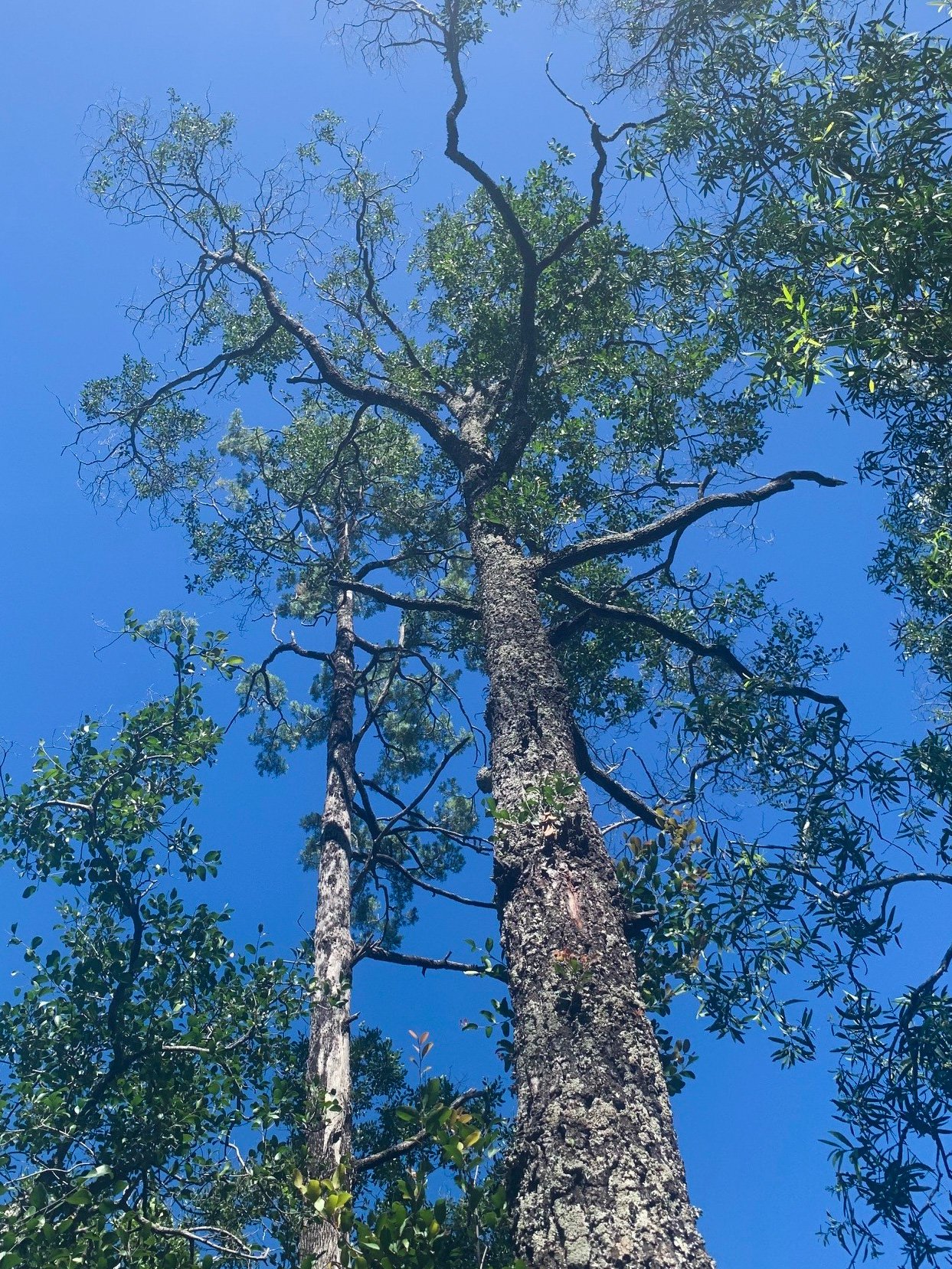Narla Environmental has successfully delivered a Review of Environmental Factors Report (REF) for the NSW National Parks and Wildlife Service Northern Inland Branch. This project covered the Kaputar Management Unit Fire Access and Fire Trail Program (FAFT), including 148km of strategic and tactical fire trails within the following areas:
Mount Kaputar National Park
Leard State Conservation Area
Deriah Aboriginal Area
Horton Falls National Park
NSW National Parks and Wildlife Service (NPWS) manages over 50% of the state’s fire trail network, with most of the fire-prone land mapped in NSW occurring on NPWS managed lands. The objectives of the FAFT Program include the enhancement of park’s fire trail network and associated infrastructure to meet new Rural Fire Service standards.
Narla’s role in the FAFT Program was to conduct ecological assessments of the fire trails, including threatened flora surveys, fauna habitat assessments, and large-scale vegetation mapping. This information was then incorporated into the planning phase to avoid and minimise ecological impacts as much as possible. The Review of Environmental Factors involved a collaboration between Narla, NPWS, and Aboriginal Heritage Consultants, to adequately assess the environmental impacts of the FAFT Proposal.
Narla Ecologists had an incredible experience in the field, enjoying the large areas of remnant vegetation, threatened and endemic flora and fauna, and outstanding examples of landforms associated with volcanism. Our Ecologist identified the BC and EPBC Act listed Vulnerable species, Cadellia pentastylis (Ooline). Ooline was found occurring in the BC Act listed Endangered Ecological Community, Cadellia pentastylis (Ooline) community in the Nandewar and Brigalow Belt South Bioregions. This community, along with Ooline, are representative of the rainforest origins of Australian vegetation and their wide distribution in geological history.
Learn more about Review of Environmental Reports here.





